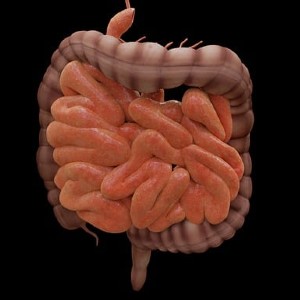Optimizing allocation of colorectal cancer screening hospitals in Shanghai: a geospatial analysis

Accepted: 21 March 2023
Supplementary Materials: 67
HTML: 19
All claims expressed in this article are solely those of the authors and do not necessarily represent those of their affiliated organizations, or those of the publisher, the editors and the reviewers. Any product that may be evaluated in this article or claim that may be made by its manufacturer is not guaranteed or endorsed by the publisher.
Authors
Screening programmes are important for early diagnosis and treatment of colorectal cancer (CRC) but they are not equally efficient in all locations. Depending on which hospital people belong to, they often are not willing to follow up even after a positive result, resulting in a lower-than-expected overall detection rate. Improved allocation of health resources would increase the program’s efficiency and assist hospital accessibility. A target population exceeding 70,000 people and 18 local hospitals were included in the investigation of an optimization plan based on a locationallocation model. We calculated the hospital service areas and the accessibility for people in communities to CRC-screening hospitals using the Huff Model and the Two-Step Floating Catchment Area (2SFCA) approach. We found that only 28.2% of the residents with initially a positive screening result had chosen followup with colonoscopy and significant geographical differences in spatial accessibility to healthcare services indeed exist. The lowest accessibility was found in the Southeast, including the Zhangjiang, Jichang and Laogang communities with the best accessibility mainly distributed near the city centre of Lujiazui; the latter also had relatively a high level of what is called “ineffective screening” as it represents wasteful resource allocation. It is recommended that Hudong Hospital should be chosen instead of Punan Hospital as the optimization, which can improve the service population of each hospital and the populations served per colonoscope. Based on our results, changes in hospital configuration in colorectal cancer screening programme are needed to achieve adequate population coverage and equitable facility accessibility. Planning of medical services should be based on the spatial distribution trends of the population served.
How to Cite

This work is licensed under a Creative Commons Attribution-NonCommercial 4.0 International License.
PAGEPress has chosen to apply the Creative Commons Attribution NonCommercial 4.0 International License (CC BY-NC 4.0) to all manuscripts to be published.

 https://doi.org/10.4081/gh.2023.1152
https://doi.org/10.4081/gh.2023.1152




